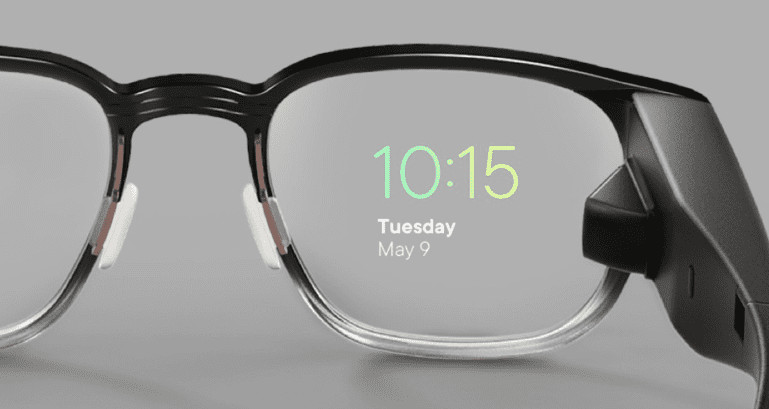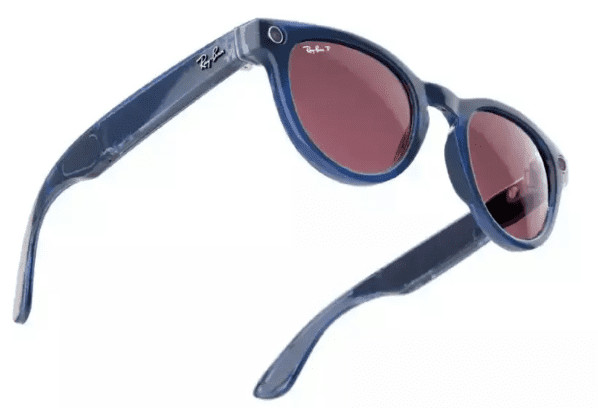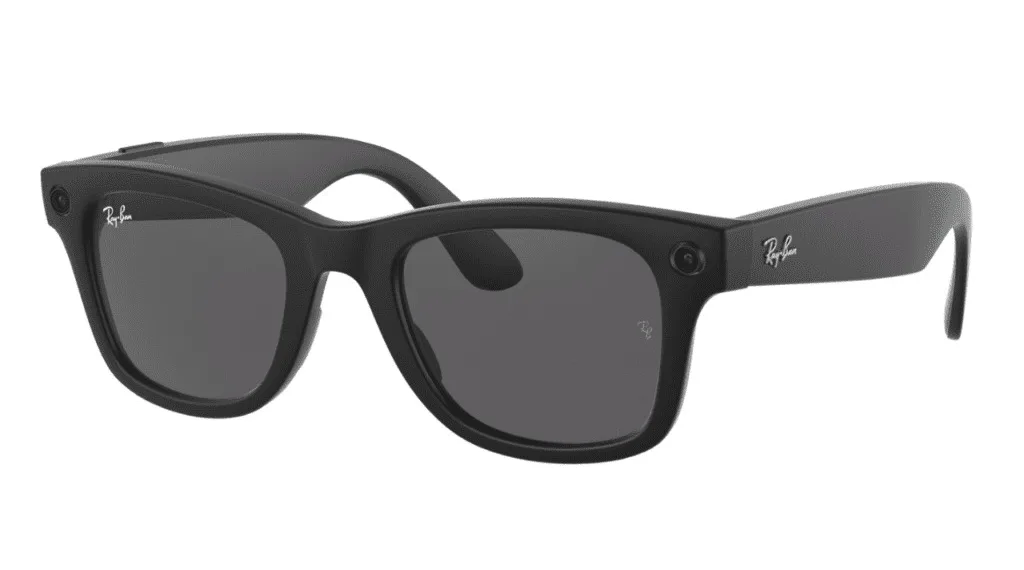MediaTek and Meta have formed an exclusive partnership to develop augmented reality (AR) glasses, as revealed by MediaTek VP Vincent Hu at the MediaTek Summit 2023 in California, USA. In an announcement on social media platform X, MediaTek highlighted that the collaboration aims to enable interactive computing in a sleek form factor for Meta’s upcoming AR glasses. The post emphasised Meta’s selection of MediaTek’s silicon for its expertise in optimising power and performance.

All About Meta and MediaTek Collaboration
Prior reports suggested that Meta had encountered challenges in creating lightweight and high-performance AR glasses, with The Information reporting difficulties in developing specialised chips for AR glasses since 2018. Despite Meta’s previous reliance on Qualcomm for its smart glasses and mixed reality headsets, the partnership with MediaTek signifies a shift.
While the Quest 3 mixed reality headset and the Ray-Ban Meta Smart Glasses were powered by Qualcomm processors, the collaboration with MediaTek involved the design of custom chips exclusively for Meta’s forthcoming AR glasses.

AR, or Augmented Reality, merges real-world and computer-generated content in real time. Meta envisions its AR glasses as a potential replacement for smartphones, emphasizing the need for a lightweight design.
According to Meta’s CEO Mark Zuckerberg, a roadmap indicates that fully-fledged AR Glasses could become available to consumers by 2027. Meta’s VP for AR, Alex Himmel, stated in a roadmap presentation that the third generation of the company’s smart glasses is anticipated to launch in 2025, featuring a display for viewing messages, QR code scanning, real-time text translation, and more. The presentation also suggested that the glasses would eventually support virtual keyboard use, achieving a typing speed comparable to mobile phones.

Meta launched its second-generation smart glasses, the Ray-Ban Meta Smart Glasses, in September, priced starting at USD 299 (approximately ₹24,800) in Wayfarer and Headliner designs. These glasses, succeeding the Ray-Ban Stories from 2021, include improvements in sound, design, audio output, and more. Powered by Qualcomm’s Snapdragon AR1 Gen 1, they feature a five-microphone array, a 12MP ultra-wide camera for video recording, support for Meta AI virtual assistant, live streaming to Facebook and Instagram, 32GB onboard storage, and an IPX4 water-resistant rating.








